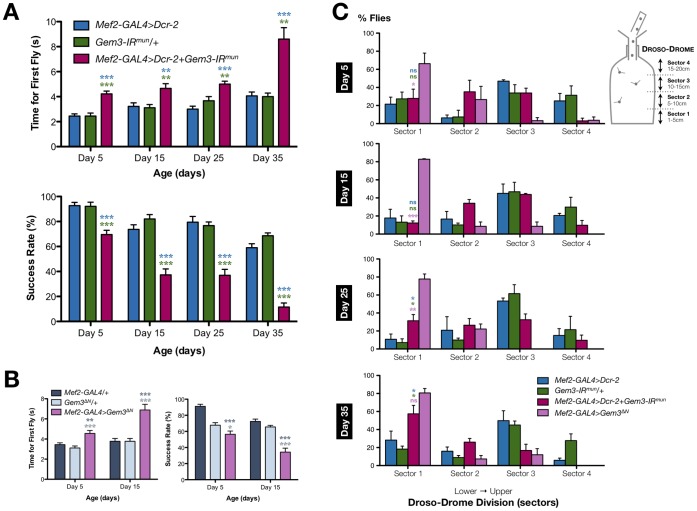Figure 1. Pan-muscular Gemin3 knockdown or Gem3ΔN overexpression gives rise to identical motor phenotypes.
(A) Compared to controls (Mef2-GAL4>Dcr-2 and Gem3-IRmun/+), the time taken for the first fly to climb 8 cm increases progressively over the course of 35 days in sample populations having reduced levels of Gemin3 in muscles (Mef2-GAL4>Dcr-2+Gem3-IRmun). The latter genotype also exhibits an age-dependent progressive decline in the total percentage of flies that successfully reached the 8 cm mark within 10 seconds when compared to the same controls. (B) An identical progressive change in climbing behaviour is observed between flies with pan-muscular Gem3ΔN overexpression (Mef2-GAL4>Gem3 ΔN) and the uncombined driver (Mef2-GAL4/+) or transgene (Gem3 ΔN /+) controls. The day 25 and day 35 time points were excluded from the chart due to a lack of difference with the driver control (Mef2-GAL4/+). (C) Flight behaviour was determined using the Droso-Drome, in which the height a fly falls determines its flight performance. Fliers tend to stick to the upper sectors whereas non-fliers drop to sector 1, the lowest sector. On day 5 and day 15 post-eclosion, the percentage of flight-impaired organisms in the Gemin3 knockdown population (Mef2-GAL4>Dcr-2+Gem3-IRmun) is not significantly different to that of controls. This situation changes on the day 25 and day 35 time points whereby a significant difference is obvious. At day 35, the percentage of flightless flies in the Mef2-GAL4>Dcr-2+Gem3-IRmun population are in the majority such that significant differences with flies overexpressing Gem3ΔN (Mef2-GAL4>Gem3 ΔN) do not persist at this time point. Data presented are the mean ± S.E.M. and statistical significance was determined for differences between the Mef2-GAL4>Dcr-2+Gem3-IRmun (A, C) or Mef2-GAL4>Gem3 ΔN (B) genotype and other genotypes, which are indicated by the respective colour. For all data, ns = not significant, *p<0.05, **p<0.01, and ***p<0.001.

